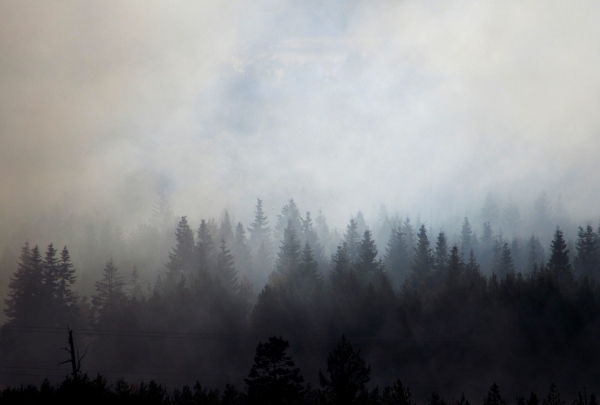You need only to remember last summer’s wildfires in the United States and Canada, which fouled the air from coast to coast, to know the effects these blazes can have on the environment and human health.
A new study has tabulated the toll from two decades of wildfires on air quality and human health in the continental U.S. The authors report that from 2000 to 2020, the air has worsened in the western U.S., mainly due to the increase in frequency and ferocity of wildfires causing an increase of 670 premature deaths per year in the region during that time period. Overall, the study’s authors report fires have undercut successful federal efforts to improve air quality primarily through reductions in automobile emissions.
“Our air is supposed to be cleaner and cleaner due mostly to EPA regulations on emissions, but the fires have limited or erased these air-quality gains,” says Jun Wang, James E. Ashton professor and chair in the Department of Chemical and Biochemical Engineering and the lead corresponding author on the study. “In other words, all the efforts for the past 20 years by the EPA to make our air cleaner basically have been lost in fire-prone areas and downwind regions. We are losing ground.”
The researchers calculated the concentration of black carbon, a fine-particle air pollutant that has been linked to respiratory and heart disease, on a kilometer-by-kilometer (0.6 miles) grid for the continental U.S.
Read more at University of Iowa
Photo Credit: BlenderTimer via Pixabay


